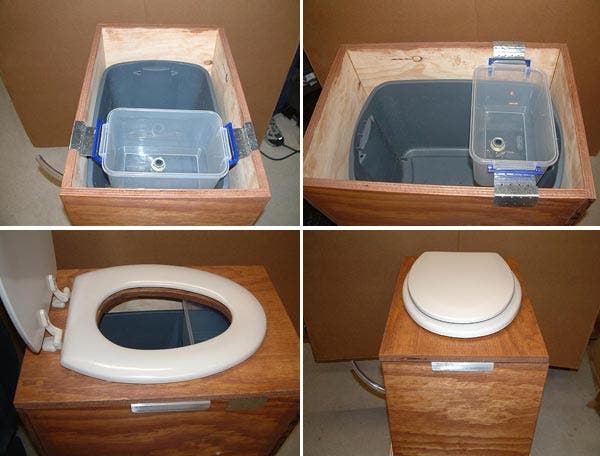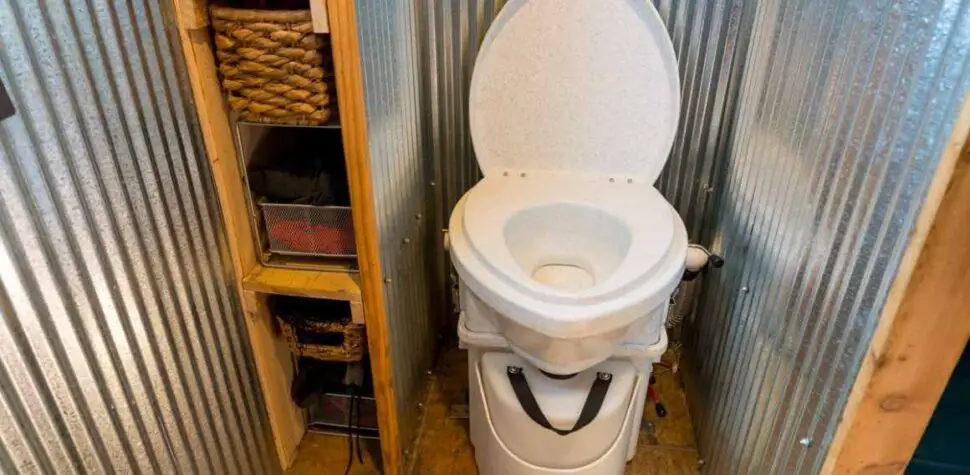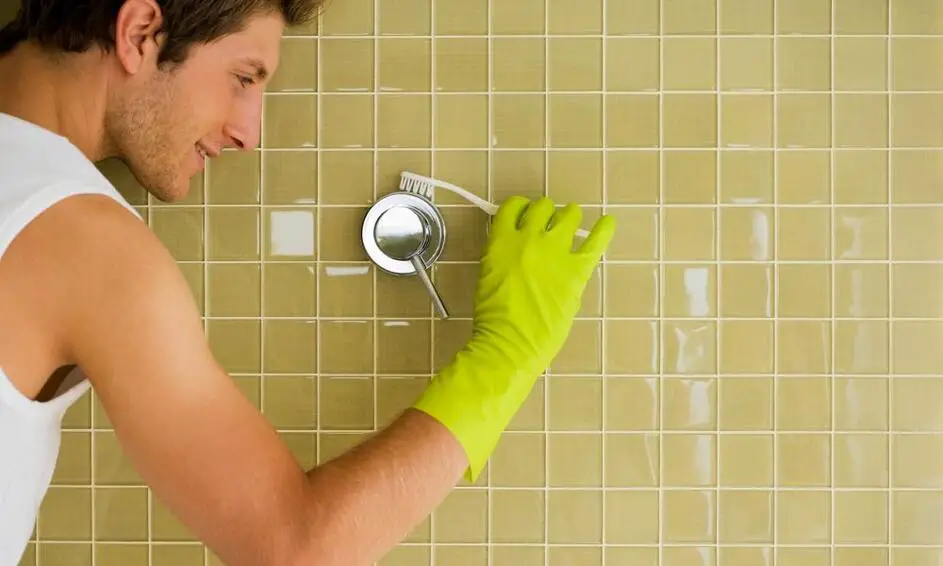
Looking for eco-friendly solutions in this contemporary world has not been simple. Many practices of our day-to-day lives depend on technology, and now it has become such simple access that we barely notice its effect on the environment. One such example is the water used in toilet flushes; about a million gallons of water gets wasted each day for composting their waste. And so, technology has brought to our rescue an old-fashioned composting toilet for your modern homes.
What is a composting toilet?
A composting toilet is not something to be kept outside the house or a simple pot. It is a machine that converts solid waste to compost and creates an oxygen-rich atmosphere. It allows the aerobic bacteria to break down solid waste. Yet, there are many factors to study to simplify this natural method.
Composting toilets use natural processes to decompose, evaporate, and recycle human waste. The waste in toilets is over 90% water. And this water is evaporated back to the environment with the vent system. The remaining amount of solid material is turned into beneficial fertilizing soil by the process of natural decomposition.
This process works the same as your garden composter; it becomes better in composting toilets by using the environment in the composting chamber.
An accurate balance between oxygen, moisture, heat, oxygen, and organic material is required to guarantee a rich atmosphere for the aerobic bacteria that convert the waste into fertilizing soil. It is an odor-free process and helps in the decomposition of solid waste.
After human waste is correctly compost, the final product does not hold any pathogens or viruses because they destroy during the breakdown process. This nutrient-rich fertilizing soil is useful for plants or trees, a way of the natural recycling of nutrients, limiting your necessity for commercial manures and conserving local water value. The Composting toilets characteristically come in two designs:
- Self-contained
This is a toilet that has an in-built composting system with the compost chamber generally placed under the bowl. The self-contained composting toilet is a preferable choice in tiny homes, boats, and RVs. Also, they are usable in seasonal houses like cottages and lodges. However, some people use this as a full-time residential toilet.
- Remote
This is a toilet that directs solid and even liquid waste to a remote composter placed elsewhere, possibly in the underground store or even outdoor, if climate conditions are favorable. Large central systems could help link multiple toilets, allowing them to assist large homes.
How does composting toilet work?

It does not matter if the composting toilet is using a self-contained or central system. That still requires to create the right atmosphere so that the aerobic bacteria can break down the solid waste. Also, the accurate rate of moisture level, temperature, and carbon-nitrogen balance.
And if these environments are not maintained, then there might be a very unpleasant situation when you go to empty or check your compost. Extra moisture in the composting toilet can sink oxygen-breathing bacteria, so you must keep the toilet soaking but not completely wet.
Because of this, many composting toilets come with a different urine container for wet waste that must be clear once it fills. Varied options for this in self-contained composting toilets comprise a drain pit. A few models also include methods to help in evaporating the liquid.
Discarding urine adequately also helps getting rid of extra nitrogen build-up in the compost container. Also, putting carbon-rich materials like peat and coconut fiber into the pile ensures the correct nitrogen-carbon stability.
Aerobic bacteria that help in the composting process enhance at a temperature of 60 to 100 degrees Fahrenheit. Furthermore, some of the manufacturers contain regulators, sensors, automatic blenders, or additional gadgets to sustain temperature, chemical stability, or control the humidity.
How does a composting toilet work for a small house?
Nature’s Head composting toilet has two compartments – one for the solid waste and the other for liquid waste. While passing natural waste, you do not have to worry but only sit and let the machine distribute the waste on its own.
The liquids are transferred into the two holes that lead to the liquid waste container. And for the solid waste deposit, you use a trap door by a lever on the side of the toilet. That allows your solid waste to collect in its container. The Toilet paper also goes into this compartment. After depositing the solid waste, close the chamber and stir it with a hand crank.
You must keep the solid and liquid waste separately to avoid smelly deposits and hard to compost waste. Nature’s Head composting toilet has a fan that continually keeps airing the solid waste compartment and keeps the chamber dry. Stirring the solid wastes everyday helps in mixing it with dehydrates peat moss. You can place this inside the lavatory before first use.
Liquid waste can easily lead to a smelly container if you do not empty it regularly. Diluting it can help but, then you will have to clear it even often after that.
What states allow composting toilets for the house?
Concerning the legal rules concerned with houses on wheels, the composting toilet guidelines vary as per the municipality. And to note, states like North Carolina do not have any regulation for composting commodes at all. However, in other states composting commode codes do not even apply to houses with a flush toilet. Yet, it seems that the only houses that have these codes are the new homes.
These houses are now following a substitute wastewater scheme. To specify, we can say the new homes that want to compost despite the grid-tie to a yard infected unit. These are the only houses that seem to come under the dominion of composting toilet regulations anyway. The caution is that they should be NSF certified and mass-produced by an NSF-compliant corporation.
So, what states allow composting toilets? Many states have included the composting toilet drive due to environmental rewards. Arkansas, Washington, Texas, Montana, Colorado, Massachusetts, Idaho, Montana, and Florida are among those states that permit a composting toilet. Any property can use composting toilets rather than the old-style drain system or sewage tank.
The future of the environment and its resources is in our hands. These environments friendly composting toilets help in saving abundant water each day. Conserving nature technology has a brighter side in the future because it has become an essential need.


